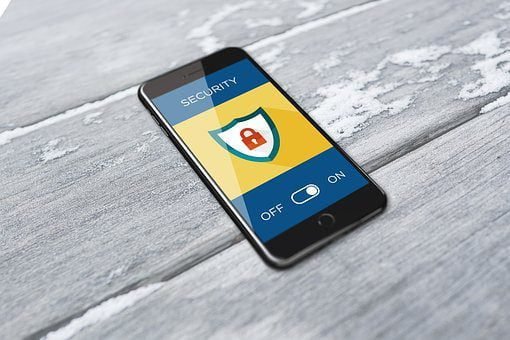Is your mobile or tablet secure? If not, then the technology that you use can make you a target for cyberattacks, viruses and thieves.
Smartphone has become an essential part of daily life. Mobile security is the biggest concern when it comes to secure your data. Eventually, you carry a lot of information on your devices. Although you don’t store them in the device, it provides access through third-party apps and cloud services.
Meanwhile, the hackers may try to steal information over open connections, whereas thieves can steal the device itself.
So it’s important to take precautions to avoid hacking and privacy breaching. Here are 7 mobile security tips to keep your device safe.
Top 7 Mobile Security Tips to Keep Your Device Safe
- Keep Your Mobile Locked
The first tip seems an obvious solution. You can set up a swipe pattern, numeric code or fingerprint to keep your information safe. The fingerprint scanner is the most recommended one as not only it’s unique for every individual but for each finger too.
Additionally, face identification, PIN lock apps, PIN codes and strong passwords can secure your apps and device from prying eyes and thieves.
- Keep Your Operating System and Apps Updated
Smartphone security depends on constant software updates to be safe from hackers. An outdated OS on your phone can cause several threats. However, people often turn off the auto-update. So, update your operating system and apps to fix bugs, security issues and other problems.
Additionally, Mobile Threat Defense tools continuously monitor for mobile threat detection against cyberattacks in real-time. Thus, reduce the risk level of the device.
- Install An Anti-Virus and Device Finder
Similar to a computer, you can protect your iOS, Android or Windows device with anti-virus software. It secures your device from any malware files while visiting or downloading apps from unsecured sites.
But what to do when you lost your phone? The solution is to activate a device finder app. There are many apps available to locate your device when lost or stolen. Install one and set up the app on your device to find it when necessary.
- Download Reputable Apps From Trusted Source
While Google Play Store or Apple Store are flooded with several apps, some of them may slip through the cracks. These apps can hamper your online privacy by stealing or selling your personal data.
So, stay away from such sketchy low-rated apps, especially those made by developers you never heard of. Try to download from a reliable, trusted source with a good rating and a well-known developer.
Furthermore, mobile security solution enhances your mobile life with powerful protection. Based on a cloud-based smart protection network and mobile app reputation technology, it prevents threats before reaching you. Additionally, it stops mobile apps from opening any risky sites for safe browsing.
- Be Careful While Using Public WiFi
Who doesn’t love free WiFi? But the biggest risk of using an open network is the lack of firewall and other security features. Additionally, hackers can monitor your online activity while you’re making online money transactions or transferring sensitive information.
Eventually, it causes price discrimination, privacy breaching etc. The tip is to either use mobile data or VPN. VPN masks the user IP address and encrypts the information your device is transferring to prevent hackers or other third-parties from monitoring it easily. On the other hand, secure your WiFi network to prevent others from accessing it.
- Encrypt Your Data
Your smartphone carries lots of private information like emails, contacts, financial stats etc. They would be at a higher risk when your phone is lost or stolen. So how to protect it?
One of the mobile security tips to keeps your device safe is to encrypt your data. In this way, your data will be in an unreadable form, difficult to crack.
Furthermore, with UEM security, it’s possible to manage endpoint detection and response to prevent cyberattacks.
- Avoid Jailbreaking or Rooting Your Device
Jailbreaking is the act of rooting your iPhone or Android to download third-party apps. However, it removes the safeguard from your phone to access unofficial customizable features.
If you’re tempting to jailbreak or root your device, remember you’re weakening the security. Trying to access apps from an illegitimate source puts you at risk for theft. So, say no to jailbreaking the device.
Conclusion
Before, cellphones were only used to make calls or send text messages. But time has changed. Smartphones are like portable computers, used for banking to chatting with some time-saving apps.
Unfortunately, no device is secured now. However, by applying some easy tips and tricks, you can secure your device. Be careful while using a public network or any third-party app during a transaction. Protect your device and apps with a strong password. Further, avoid saving personal login or banking credentials on your device to stay safe.








Leave a Reply